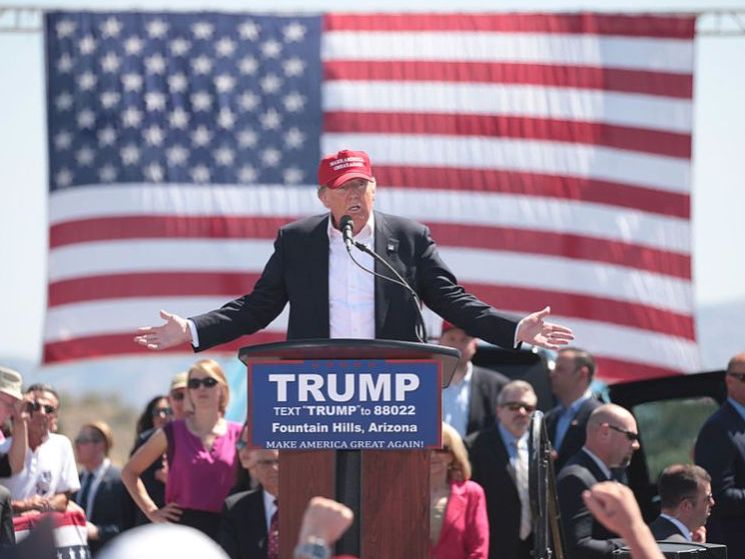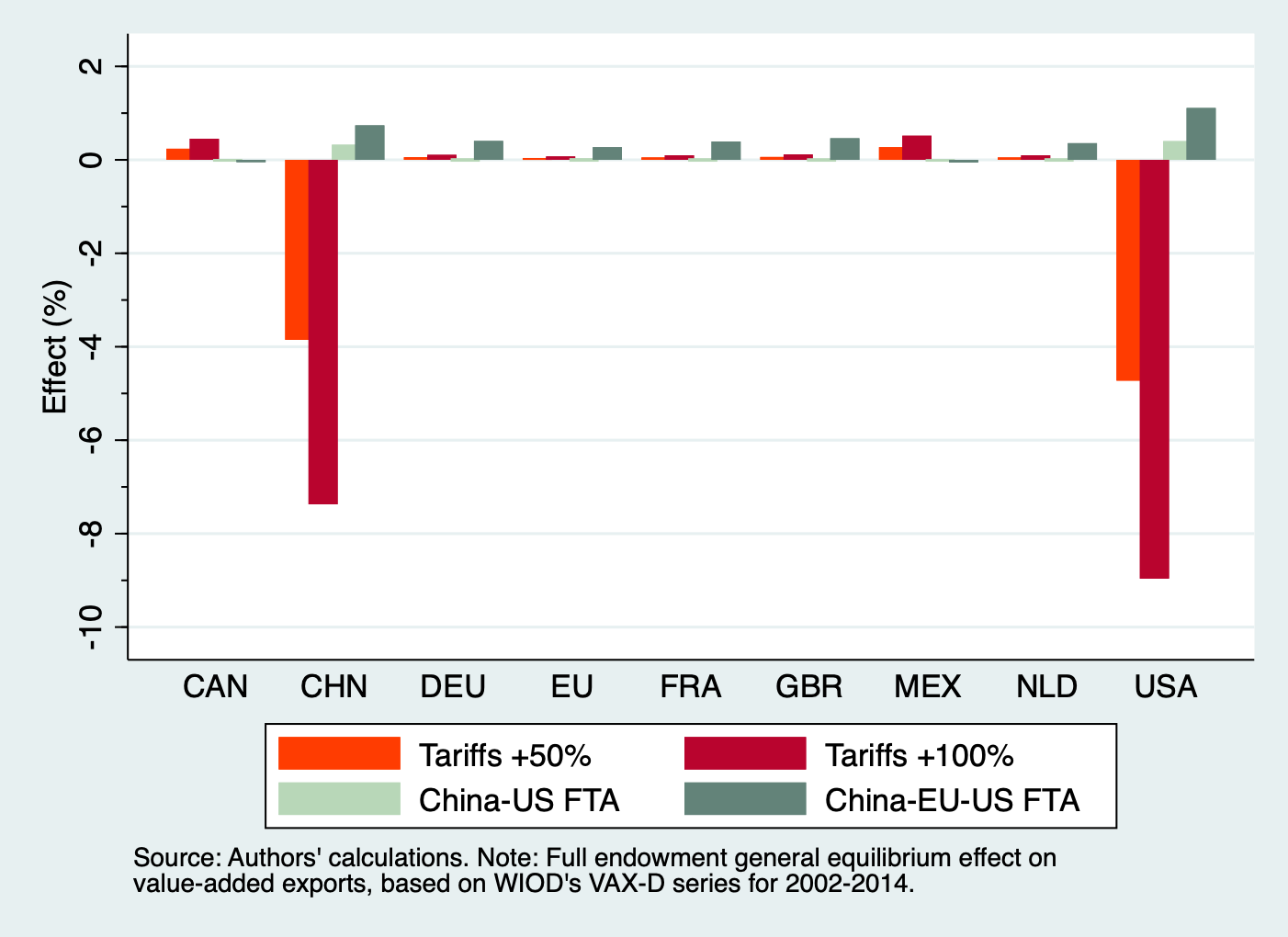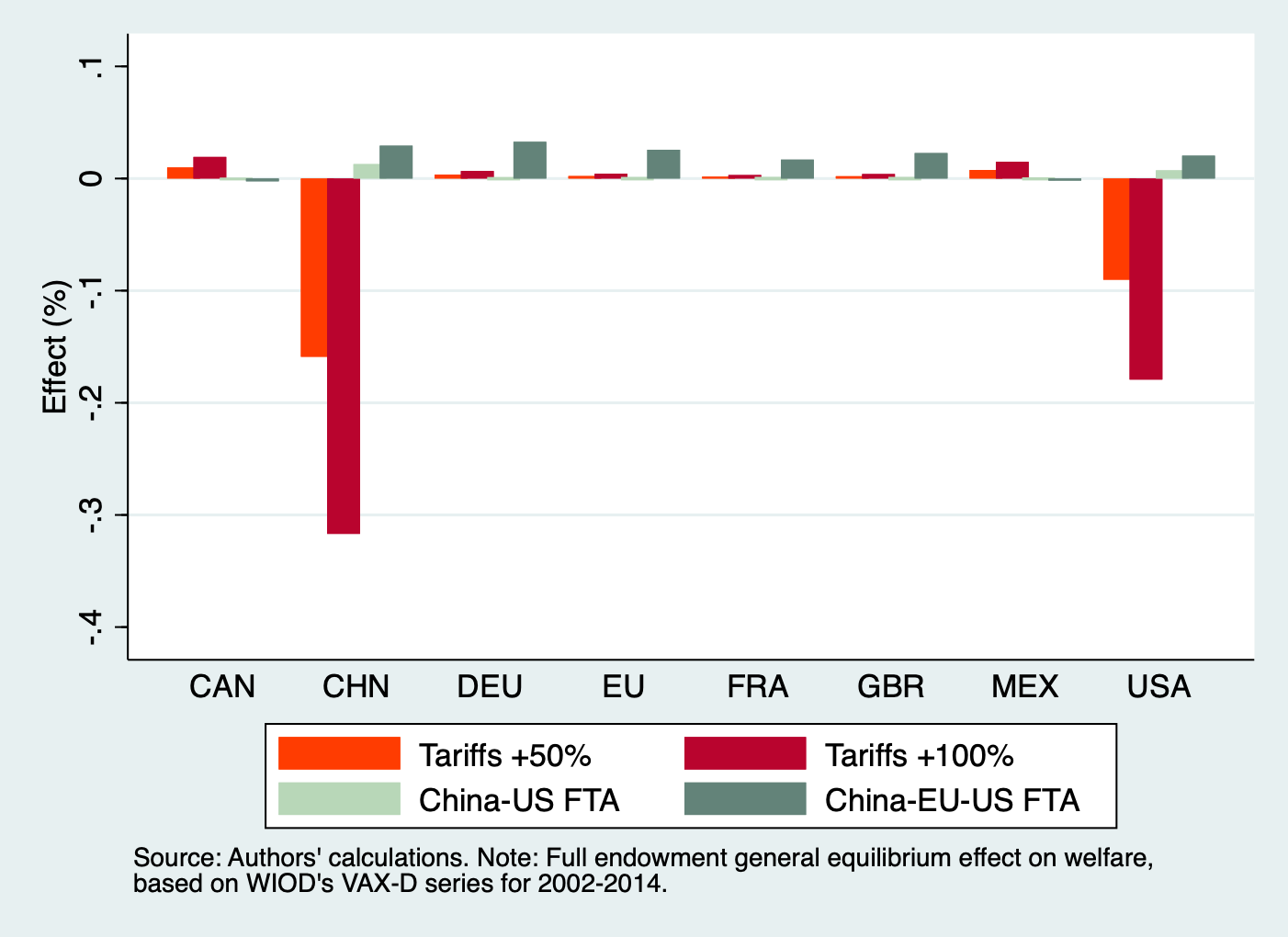Trump vs China Part III: Let's be friends again
| Date: | 30 November 2018 |
| Author: | Steven Brakman, Harry Garretsen, and Tristan Kohl |

According to Trump, the deficit on the United States’ current account indicates unfair trade. Trade is a key issue in the Trump administration’s international economic policy. The main strategy – imposing tariffs on imports from any country the administration considers acting ‘unfairly’ towards the US – has by now been extensively criticized for being very unwise (see for example our earlier blogs here and here).
The G20 meeting in Argentina this weekend might be a new step for Trump. Not only will a re-negotiated North American Free Trade Agreement (NAFTA; the new name will be US-Mexico-Canada or USMCA) be signed, but Trump and the Chinese president Xi might declare that they are becoming friends again. This, by itself, is good news as this indicates that ‘the beginning of the end’ of the trade war may be in sight.
Why is this good news? The consensus among economists is that tariffs reduce welfare by preventing the international division of labor, that is, specialization. Specialization allows countries to start doing what they do best, and import the rest. So, imposing tariffs is not only welfare reducing (as our previous blogs have shown), but also has stimulated retaliation by China, the EU and other countries.
This blog is about the benefits of being friends again. What could be the consequence of good trade relations in the current setting? We use the gravity model of international trade to calculate the consequences of two possible Free Trade Agreements: between the US and China, and the US, China, and the EU (yes, we are optimistic). The notion behind this model is straightforward. On the one hand, countries trade more with each other the wealthier they are. On the other hand, countries trade less if trade is restricted by trade barriers such as tariffs, geographic distance and cultural differences.
Applying this idea to a positive G20 outcome with respect to trade, we set the tariffs between the major trading blocks to zero, but keep the current tariffs with respect to other counties as they currently are.
We find the following. Figure 1 illustrates the effects of this bilateral trade war on value-added exports.

Not surprisingly the trade partners gain, the more so when more friends join the FTA. Clearly, both the US and China gain the most. Importantly the change in trade is remarkable; from the current trade war situation to becoming trading partners again results in a 9-10% trade increase for the two adversaries: China and the US. For the other countries the trade increase is far less because these countries ironically benefitted from the trade war; trade shifts from the US and China to cheaper sources. However, notice that the gains from ‘friendship’ mostly undo Trump’s self-inflicted economic damage of a tariff-induced trade war.
These trade outcomes are mirrored in the income consequences. Figure 2 shows the welfare consequences of a trade agreement between the USA-China (and the EU), which are closely related to GDP.

The change in welfare from a trade war to friendly trade agreement are not negligible; 0.35% for China, and 0.2% for the US. Again, the effects for European countries are smaller.
How likely is this outcome? Trump likes to announce successful deals. In this respect it is likely. The devil however is in the detail. Canadian trade negotiators pointed out that the new USMCA deal that was published by the US was not the deal that was signed by them. Also, the tariffs on steel and aluminum are still present in the new USMCA treaty. What will be announced this weekend? Only Trump and Xi know…
Update, December 2: The meeting between Trump and Xi has unfortunately not resulted in tariff reductions. A better description seems to be a 'ceasefire'. Consultations will continue. See here.

